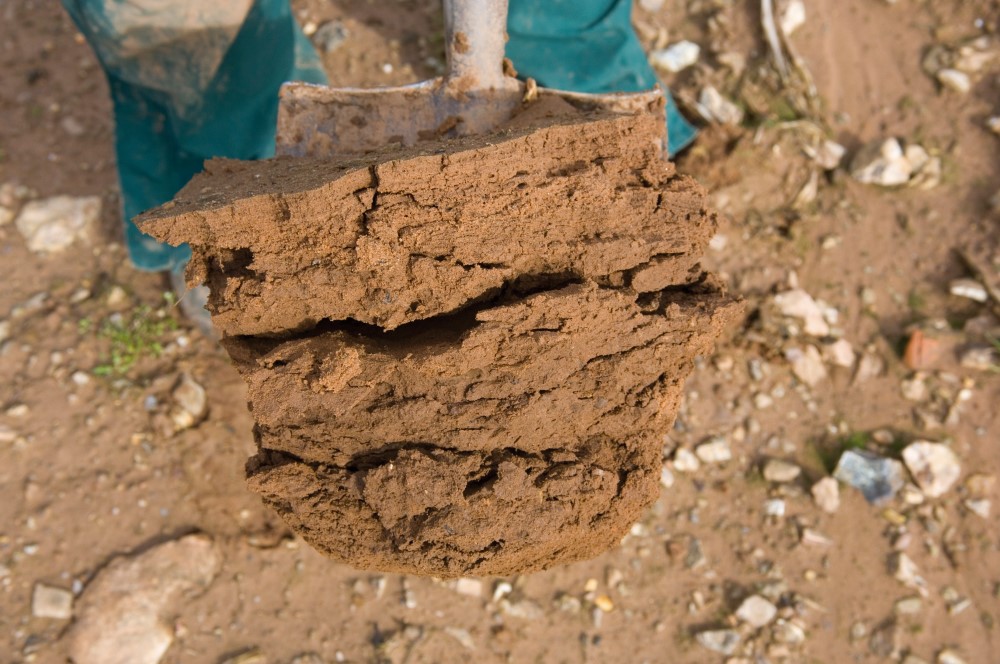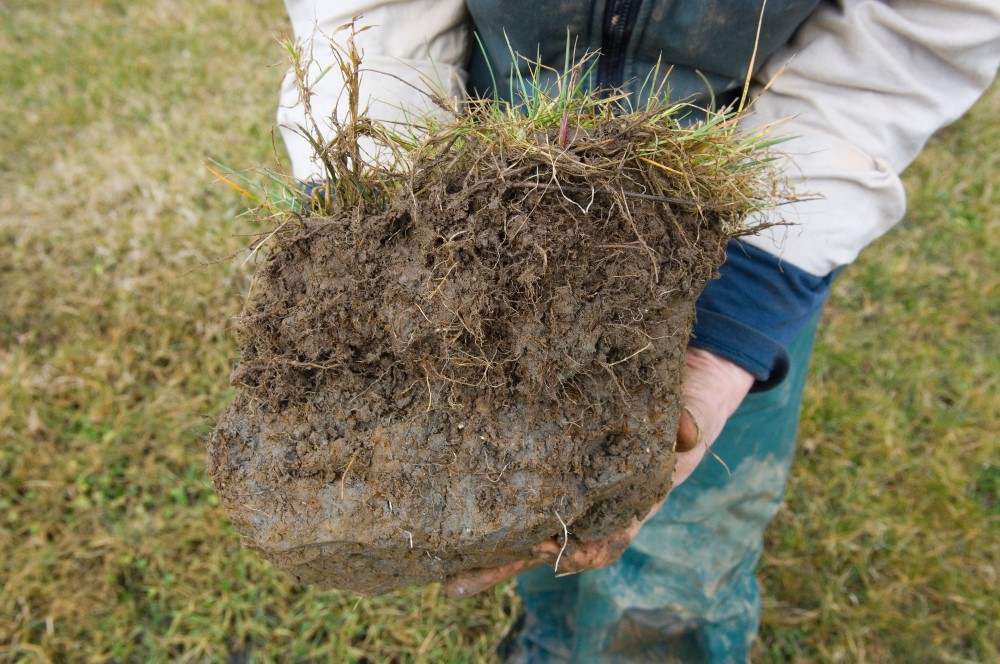- Home
- Knowledge library
- Impacts of poor soil structure
Impacts of poor soil structure
Poorly structured soils reduce water infiltration and can lead to erosion, and surface ponding and crusting. Compaction causes a reduction in air spaces between soil particles.
Compaction and erosion
Compacted soils have restricted pore space and aggregates that are either large and angular, or absent (structureless or ‘massive’).
Any cracks and fissures tend to be horizontal rather than vertical, resulting in a ‘platy’ structure (like a stack of plates).
Compacted soil layers are dense, restrict water movement, and roots cannot proliferate, tending to run horizontally along the upper surface of the layer.
Soil compaction can impact the efficiency and economics of production in a number of ways, resulting in:
- Poor rooting and reduced crop yield and quality
- Less crop uniformity
- Poor drainage
- Reduced timeliness (fewer days when land can be worked by machinery)
- Increased fuel use: 50%+
- Higher weed/disease pressure
Higher irrigation costs (typical overall operating costs for a 25 mm application are £85–£155/ha)
Soils that are compacted or cap easily are more vulnerable to erosion and surface run-off, which can result in soil loss, declining productivity and off-site impacts involving neighbours and local authorities.
Useful links
Find out how to assess soil structure
Learn how to prevent, identify and solve soil-related problems
See visual examples of good and poor soil structure in the Environment Agency thinksoils manual
Read the Principles of soil management guide
If you would like to order a hard copy of Principles of soil management, please use our online order form or call 0247 799 0069.
Have a question? Ask a member of the team:
.jpg)
Examples of poorly structured soils
Top: Sandy loam soil showing compaction (large platy aggregates) after late harvest of potatoes in wet conditions
Bottom: Clay soil showing compaction (dense layer with evidence of waterlogging) following overstocking in wet conditions


Images © Environment Agency, thinksoils
Topics:
Sectors:
Tags:

